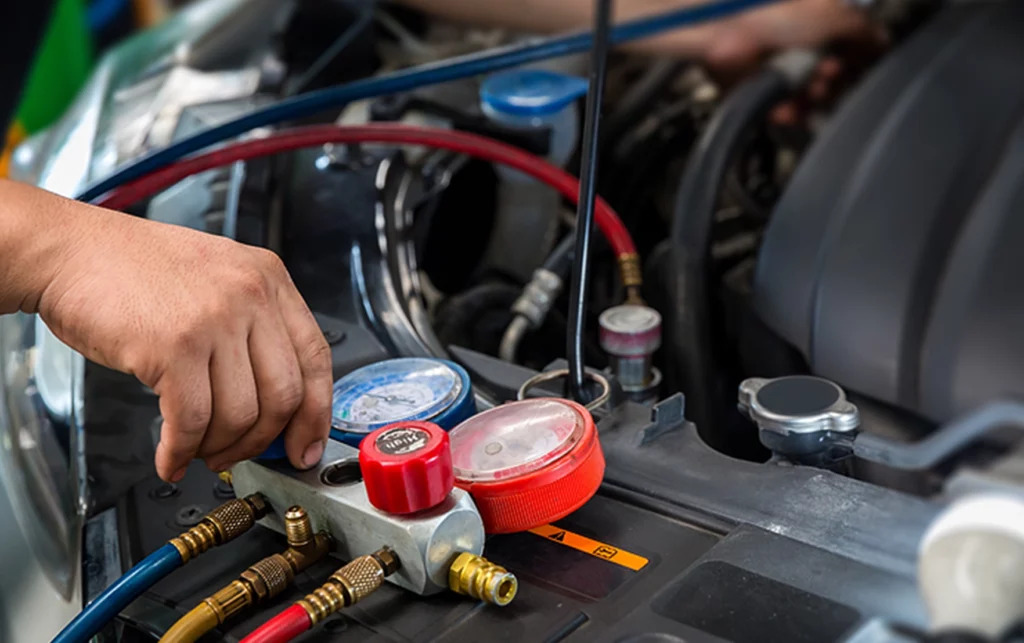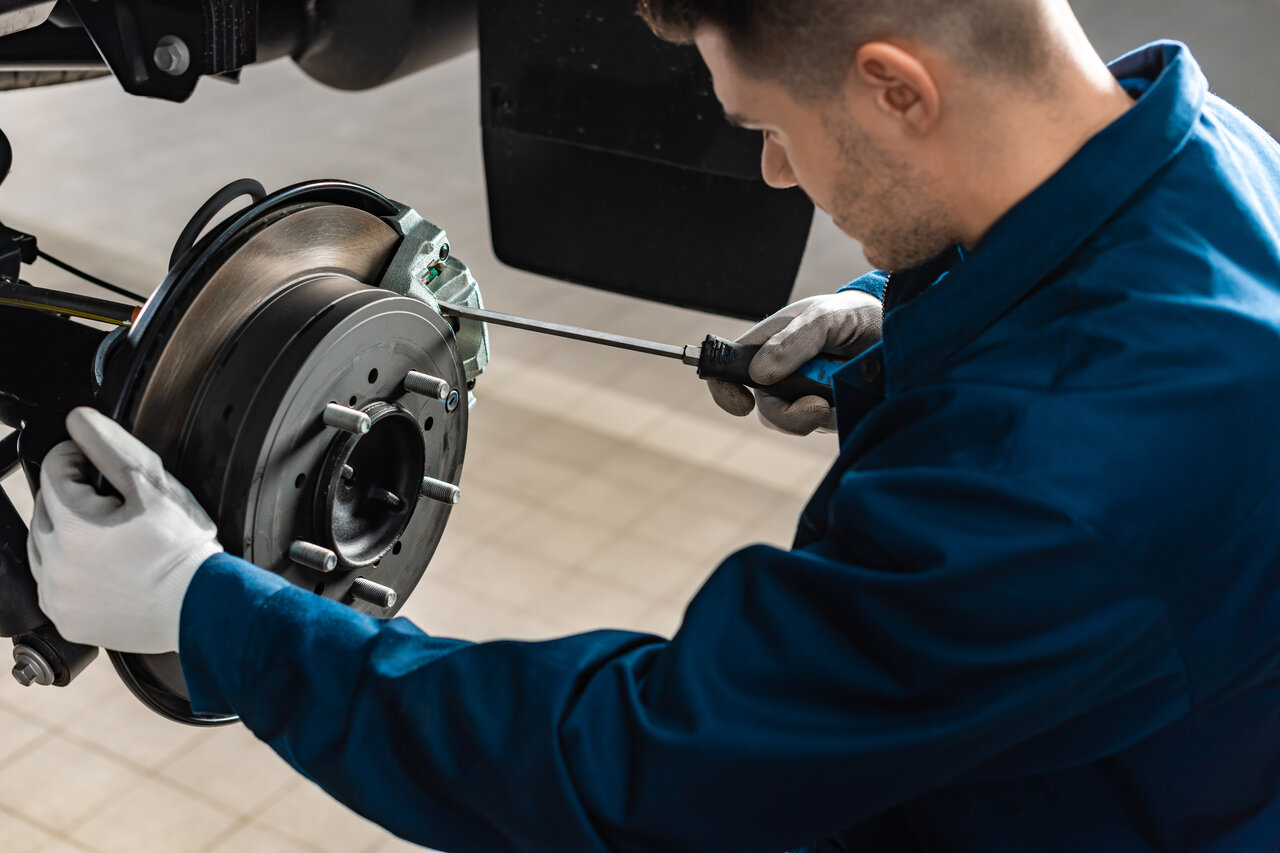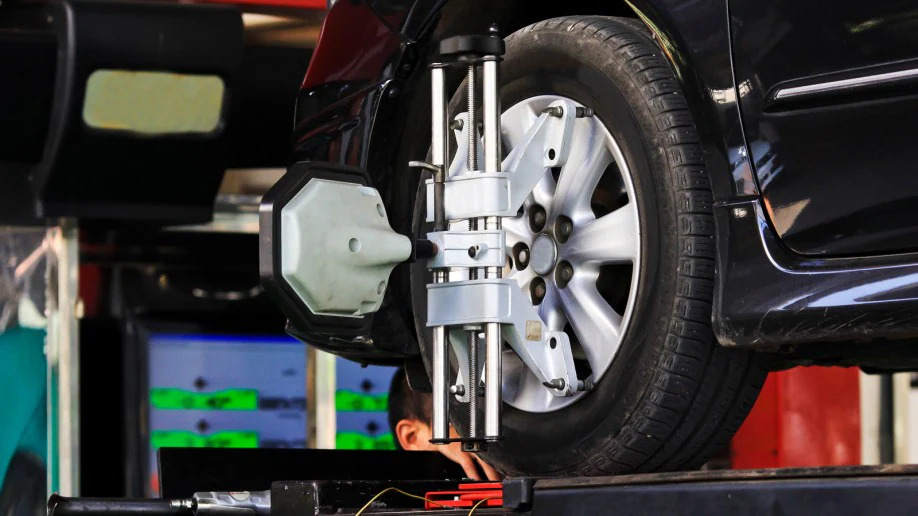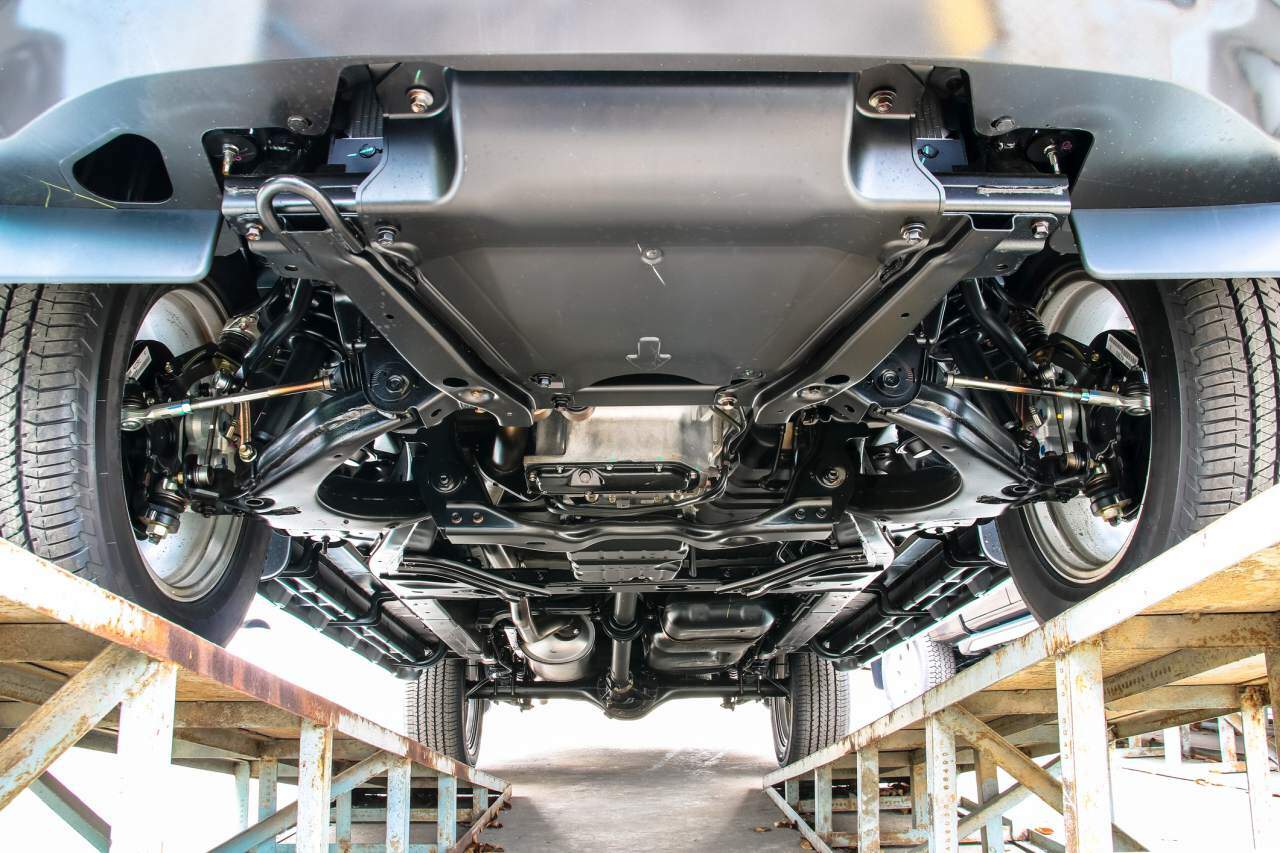
The Ultimate Guide to How Does a Car Air Conditioning System Work
Your car’s air conditioning system cools your cabin by circulating refrigerant in a closed loop. When you activate the A/C, the compressor pressurises the refrigerant gas, turning it into a high-pressure, high-temperature gas.This gas flows into the condenser, releasing heat and condensing into a liquid. The liquid passes through the thermal expansion valve, lowering its pressure and temperature rapidly.The cooled liquid then enters the evaporator, where it absorbs heat from the cabin air, turning back into gas and blowing cool air through vents. Understanding these interactions can help you appreciate the intricacies of your car’s cooling mechanism.
How Does a Car Air Conditioning System Work – Auto Repairs & Recovery Quick Take
A car’s air conditioning system cools air by compressing and expanding refrigerant. This process removes heat and moisture, blowing cool air into the cabin.
Understanding Car Air Conditioning Systems
Understanding car air conditioning systems can demystify what happens under the hood when you crank up the A/C on a hot day.When you activate the car air conditioning, the compressor kicks in, compressing the low-pressure refrigerant gas into a high-pressure state. This pressurised refrigerant then travels to the condenser, where it cools and condenses into a liquid.The liquid refrigerant subsequently passes through the expansion valve, which drops its pressure and allows it to cool rapidly. Finally, the refrigerant moves into the evaporator.Here, it absorbs heat from the cabin air, transforming back into a gas. The result is cool air blowing through your vehicle’s vents, making your ride comfortable even in scorching temperatures.
Components of a Car Air Conditioning System
To understand how your car’s air conditioning system functions, you need to know its key components: the refrigerant, compressor, condenser, evaporator, and thermal expansion valve.The compressor, driven by the engine, pressurises the refrigerant, which then flows through the condenser to release heat and condense into a liquid.This liquid refrigerant is metered through the thermal expansion valve before entering the evaporator, where it absorbs heat from the cabin, providing cool air through the vents.
Refrigerant and Compressor
A car’s air conditioning system relies heavily on the roles of the refrigerant and the compressor to keep the cabin cool.The compressor, driven by the engine’s serpentine belt, compresses the low-pressure gas refrigerant into a high-pressure gas, typically reaching 250-400 psi. This compression increases the refrigerant’s temperature and pressure, preparing it for the next stage of the cooling process.As the high-pressure gas moves through the system, it eventually cools and condenses into a high-pressure liquid. This transformation allows the refrigerant to effectively absorb heat from the cabin air when it reverts to a low-pressure gas.Proper management of the refrigerant and compressor functionality is essential for maintaining the efficiency and performance of your car’s air conditioning system.
Condenser and Evaporator
Following the compression of the refrigerant by the compressor, the next essential stages in the air conditioning process involve the condenser and evaporator.The condenser, located behind your vehicle’s grill, cools high-pressure refrigerant gas into a liquid as air flows through its fins. This phase change is critical for the cooling cycle.The evaporator, placed behind the dashboard, absorbs heat from the cabin air. The evaporator absorbs heat from the passenger compartment and circulates cool, dry air back, enhancing comfort while driving. Here, the refrigerant shifts from liquid to gas at low pressure, creating a cooling effect.The condenser operates at high pressure, typically between 250-400 psi, while the evaporator functions at low pressure.These contrasting roles guarantee the refrigeration cycle is efficient, directly affecting your car’s ability to cool the cabin effectively.
Thermal Expansion Valve
When it comes to regulating the flow of refrigerant into the evaporator, the Thermal Expansion Valve (TXV) plays a pivotal role in your car’s air conditioning system.The TXV adjusts refrigerant flow based on cooling demand, guaranteeing peak system performance. It reduces refrigerant pressure from the high-pressure side, allowing it to expand and cool before entering the evaporator.A sensing bulb detects the refrigerant’s temperature and pressure, adjusting the valve opening to maintain consistent cooling.
Malfunctioning TXVs can cause inconsistent cooling, reduced airflow, and damage to other AC components.Regular maintenance of the thermal expansion valve is essential to guarantee efficient refrigerant flow and overall system performance.Don’t overlook this critical component for your comfort and vehicle longevity.
How Car Air Conditioning Systems Work
To understand how car air conditioning systems work, you’ll follow the refrigerant as it circulates through a closed loop.The process starts with the compressor, which compresses low-pressure gas into high-pressure gas, then moves to the condenser where it’s cooled and turned into a liquid.This liquid refrigerant then passes through a dryer and an expansion valve before entering the evaporator, where it absorbs heat from the cabin and provides cool air through the vents.
The Air Conditioning Process
Understanding the car air conditioning process is essential for appreciating how your vehicle keeps you cool. Your system works by cycling refrigerant gas through various components:
Compressor: Pressurises the refrigerant gas, increasing its temperature.
Condenser: Cools the high-pressure gas, turning it into a liquid.
Expansion Valve: Reduces the liquid refrigerant’s pressure, causing it to cool rapidly.
The cooled liquid flows into the evaporator, where it absorbs heat from the cabin air and turns back into a gas.
This process allows the system to blow cool air into the interior. Each component plays a vital role in maintaining a continuous cycle that keeps your car’s cabin comfortable and cool, ensuring efficient temperature regulation.
Maintaining Your Car Air Conditioner
To keep your car’s air conditioning system running efficiently, you should schedule regular servicing and recharge the refrigerant as needed.During these check-ups, a technician will inspect critical components like the compressor, condenser, and evaporator for wear and potential leaks.Ensuring proper refrigerant levels and replacing the cabin air filter periodically are essential steps to maintain ideal cooling performance and prolong the system’s lifespan.
Regular Servicing and Recharging
Every 1-2 years, it’s vital to have your car’s air conditioner serviced to guarantee it runs efficiently and to avoid costly repairs.Regular servicing includes checking refrigerant levels and pressure, ensuring there are no leaks, and refilling refrigerant as needed.Technicians will inspect AC components such as hoses and seals for any wear or damage.Recharging the AC system with new refrigerant is essential, as refrigerant degrades over time, impacting cooling performance.
Additionally, don’t forget about the cabin air filter, which needs to be clean to improve air quality and airflow.
Technicians checking refrigerant levels and pressure
Inspecting AC components like hoses and seals
Recharging the AC system with new refrigerant
Troubleshooting Common Issues
When troubleshooting common issues in your car’s air conditioning system, you’ll often encounter problems like refrigerant leaks, blocked condensers, and electrical faults.Look for signs of reduced cooling efficiency, check hose connections, and verify all wires are intact and operational.Regular maintenance can help you identify and address these issues before they lead to more significant damage.
Conclusion
By grasping the intricacies of your car’s air conditioning system, you can guarantee it remains efficient and reliable. You’ve learned how each component, from the compressor to the evaporator, plays an essential role in delivering that invigorating cool air.Keep your A/C in top shape with regular maintenance and quick troubleshooting. With this knowledge, you’re now equipped to enjoy a comfortable drive, no matter how scorching the weather gets.






comments 0